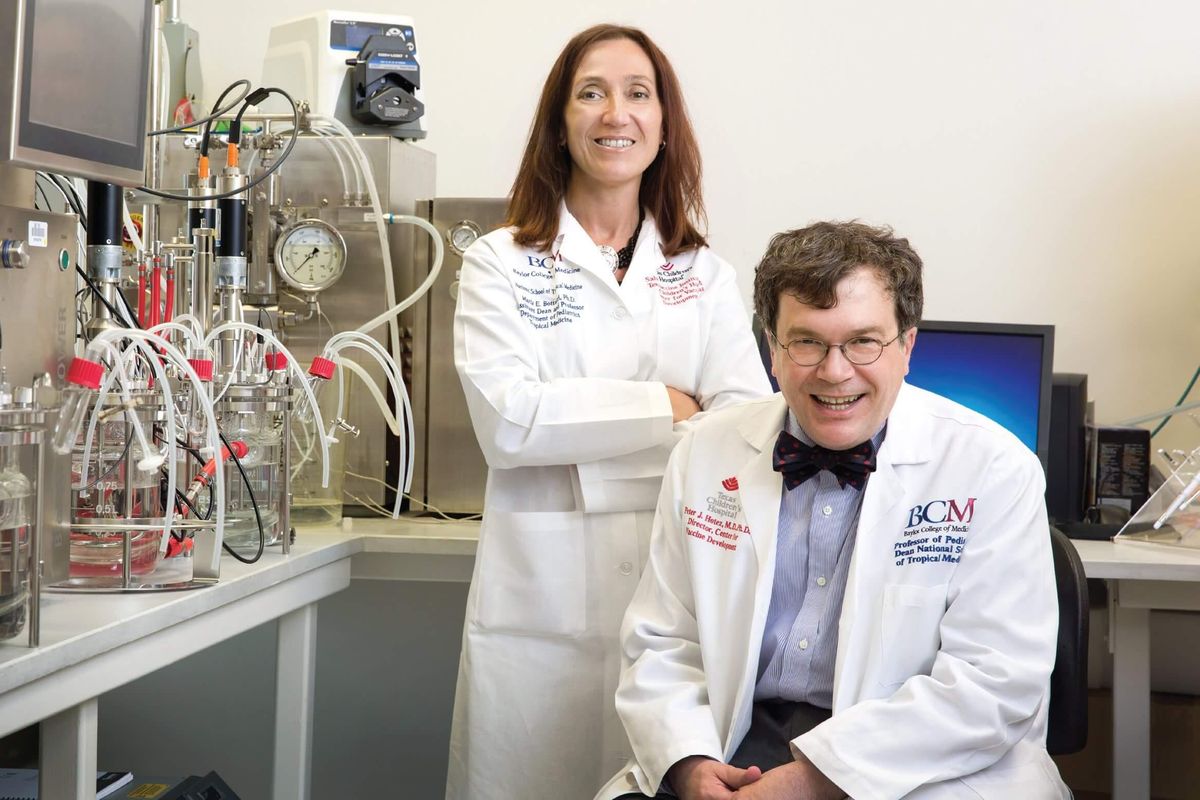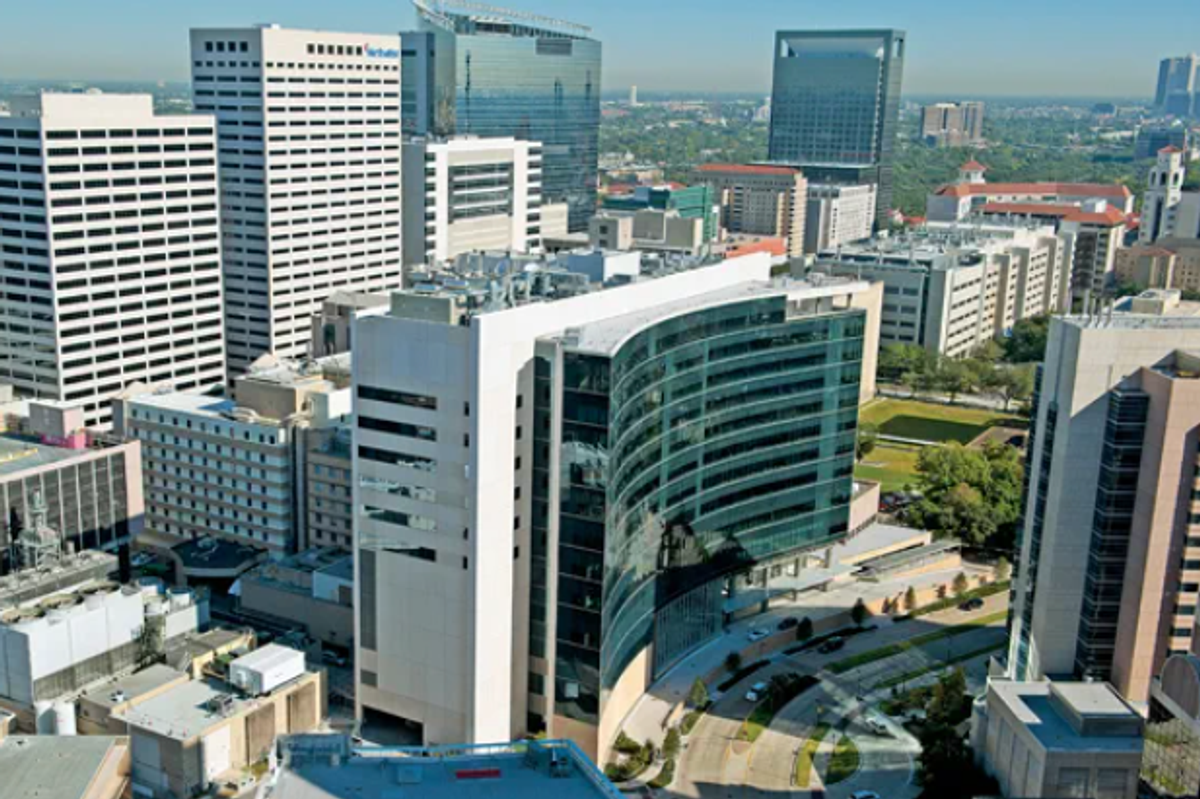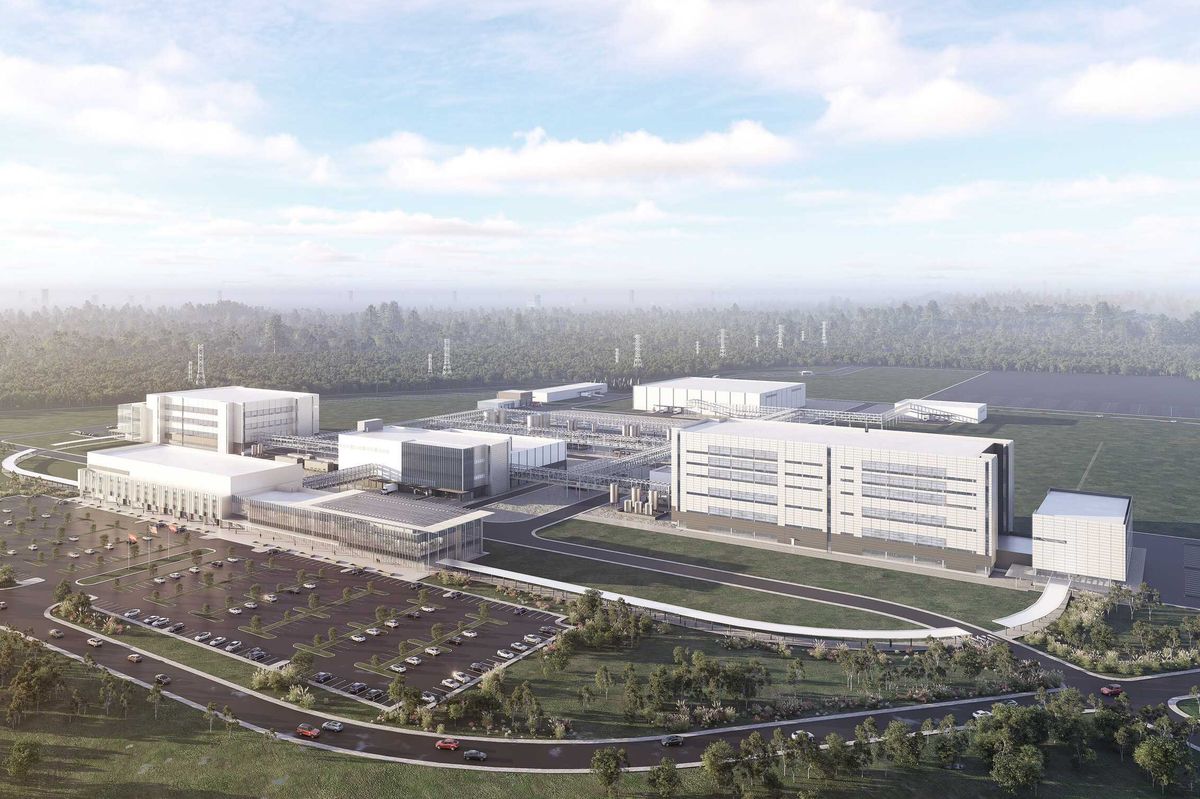Houston scientists discover breakthrough process for lithium-ion battery recycling
future of EVs
With the rise of electric vehicles, every ounce of lithium in lithium-ion batteries is precious. A team of scientists from Rice University has figured out a way to retrieve as much as 50 percent of the material in used battery cathodes in as little as 30 seconds.
Researchers at Rice University’s Nanomaterials Laboratory led by Department of Materials Science and NanoEngineering Chair Pulickel Ajayan released the findings a new study published in Advanced Functional Materials. Their work shows that the process overcomes a “bottleneck” in lithium-ion battery recycling technology. The researchers described a “rapid, efficient and environmentally friendly method for selective lithium recovery using microwave radiation and a readily biodegradable solvent,” according to a news release.
Past recycling methods have involved harsh acids, and alternative eco-friendly solvents like deep eutectic solvents (DESs) at times have not been as efficient and economically viable. Current recycling methods recover less than 5 percent of lithium, which is due to contamination and loss during the process.
In order to leach other metals like cobalt or nickel, both the choline chloride and the ethylene glycol have to be involved in the process, according to the researchers at Rice. The researchers submerged the battery waste material in the solvent and blasted it with microwave radiation since they knew that of the two substances only choline chloride is good at absorbing microwaves.
Microwave-assisted heating can achieve similar efficiencies like traditional oil bath heating almost 100 times faster. Using the microwave-based process, Rice found that it took 15 minutes to leach 87 percent of the lithium, which differs from the 12 hours needed to obtain the same recovery rate via oil bath heating.
“This method not only enhances the recovery rate but also minimizes environmental impact, which makes it a promising step toward deploying DES-based recycling systems at scale for selective metal recovery,” Ajayan says in the release.
Due to rise in EV production, the lithium-ion battery global market is expected to grow by over 23 percent in the next eight years, and was previously valued at over $65 billion in 2023.
“We’ve seen a colossal growth in LIB use in recent years, which inevitably raises concerns as to the availability of critical metals like lithium, cobalt and nickel that are used in the cathodes,” the study's co-author, Sohini Bhattacharyya, adds. “It’s therefore really important to recycle spent LIBs to recover these metals.”
------
This article originally ran on EnergyCapital.




















